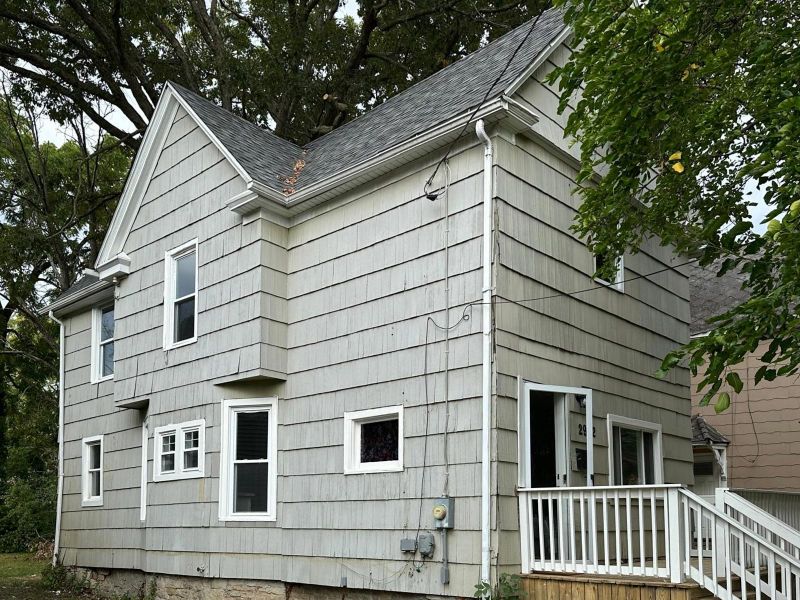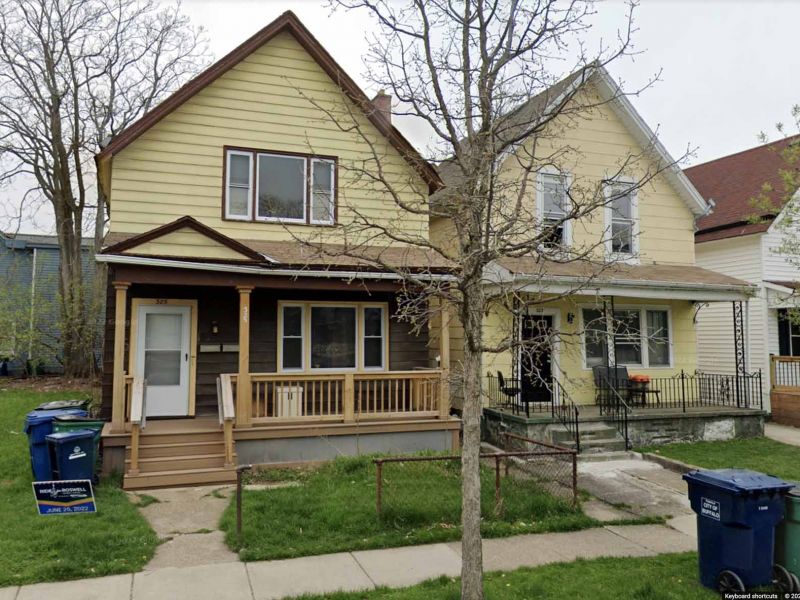
Can a beginner succeed using the BRRRR method?
By Alan Findlay
BRRRR is bandied about as an easy way to ‘free money’. When you understand that the odd-sounding acronym stands for something as simple as ‘Buy, Rehab, Rent, Refinance and Repeat’, then it kind of makes sense, doesn’t it?
There are excellent books written on this subject but it’s perfectly straightforward enough to cover in a simple article. The method aims to maximise your ROI and grow your equity by being able to recycle it through every deal you do. That way you can build an excess passive cashflow from the finished houses. The process goes like this –
- Buy – Buy a house that is: a. Undervalued
b. Needs work to improve it
c. Is either vacant or rented substantially below market value. ‘Buying right’ – i.e. not overpaying is crucial here. - Rehab – Improving the unit/units is the main way you’ll add equity value and the core of the ROI improvement. This is the most important step to get correct.
- Rent – After the house is improved, you’ll want to rent it for market rent (which is often more than you think) – Again the key skill here is to choose the right tenants. Evicting a non-paying tenant who’s trashed your new rehab is an expensive lesson.
- Refinance – Once you’ve rehabbed, rented and stabilized, the value will be higher. You can refinance, pay off your rehab loan, and theoretically take your initial capital out.
- Repeat – Now you’ll have 25-30% equity locked up in the 1st deal, but you got your seed capital back and a cashflow, and you can do the same thing again.
Here’s a simple worked example.
You see a run-down house for $50k including closing costs. It needs $50k rehab. And will be worth $150k afterwards. Market rent is $1,500 a month if it’s fixed up, but as it is the house is vacant and not rentable.
The first thing you’d need to do is to buy the house. Let’s say you have $50k seed capital and get a $50k rehab loan for 12 months. You find a reputable contractor and get moving. 4 months later you have a fine-looking house, worth $150k. You rent it out for $1,500 a month, and get a mortgage for 75% LTV, $112,500 ($885 a month at 20yr amortization and 7.2% interest) and pay off the loan for $50k, and so have $37,500 equity, and $62,500 in the bank – more than your original seed capital!
Sounds easy? It is, for someone with 10+ years of seasoning in the business. However, as a rookie, let’s go into the risks and the pitfalls in some more detail.
- Buying the House
It’s absolutely possible to use MLS to find deals for BRRRR. However, wholesalers will have better pricing (but likely more neglected houses) so it depends on experience. For your first foray, it may be best to look for a lighter rehab – perhaps a duplex with one unit occupied and under rented, and one vacant that needs to be fixed up, or a single-family home that needs a remodel. It may be a good idea to walk a potential investment with a contractor or someone experienced who can look out for red flags. They may charge you for this.
- Getting the Rehab Loan
The main issue here for an inexperienced investor is…experience. Lenders will still lend, but if it’s your first time your rates and LTV will not be nearly as good.
- Finding a Contractor
This can be tough if you’re starting out but check Angies List and you’ll perhaps find someone. Just be aware that good contractors are busy and unlikely to want to waste time looking around numerous houses with a total rookie unless you pay them for their time.
- Other Costs (closing costs, loan interest etc.)
The above example is meant as a rough idea. In reality, there are numerous extra costs involved – the short-term loan interest and fees that lenders may charge upfront, the inevitable costs of delays in terms of extra interest payments, the cost to get the house rented (If you choose to use a leasing agent, they typically charge 2-4 weeks rent to place a vetted tenant), the cost of the refinance into long term lending, and so on.
- Market changes
With the best will in the world, the 6-12 months it may take you to complete your project may end up with the rents and expected values changing. In a good year prices might rise 20%, making a better profit, but if the market turns, and rents and prices fall 20% then you’ll need to be able to handle that shift. If the worst case is that you end up with a smaller profit than expected, it’s not the end of the world, but with any potential high-return business model, there’s always a risk of losing your whole stake. If we look at the above example – If we buy the house for $50k, spend $50k, and the house is only worth $100k afterwards, we can take a $75k mortgage and scrape through. It’s important to calculate the numbers for your breakeven scenario here, and also what a worst case would be.
- Getting the mortgage
Getting a mortgage in the end should be relatively easy. Many DSCR (Debt Service Coverage Ratio) lenders will lend based on the DCSR and so if your rent came out at what you expected it to, you shouldn’t have any issues. However – market rents can drop, lending can dry up, and if this is your first rodeo, you’ll be seen as a higher-risk borrower, so just be prepared to sell in a worst-case scenario of long-term funding not being available at a profitable rate/amount.
- Replacing the tenants
One landlord’s nightmare can be another’s opportunity. I wouldn’t recommend taking on squatted non-paying tenants for your first house unless you want to learn ‘the hard way’, but like anything in this business, there is a process to deal with the worst situation objectively and without being emotional. The ideal first house would be a duplex where one unit is already rehabbed and paying market rent, so you’d minimize the chance of squatters moving into the other unit, and you’re overall rehab is limited to the one unit.
All in all – while BRRRR is a great way to quickly build equity, and one of the best ROI’s I’ve seen – as always, it’s not as easy as people may tell you, and there are dozens of things that can go wrong at any given time that will put your capital at risk and put you right back to the start.
One way investors can mitigate the risks could be to join a syndicate that does these deals – I’ve been asked and agreed to set up a small fund for exactly this so please let me know if you’re interested in joining as a passive investor, and when we’re set up, I’ll let you know. You’ll get the benefit of my 25 year’s experience, and all the cost savings that come with that.
Get in Touch
-
 Alan Findlay
Alan Findlay


